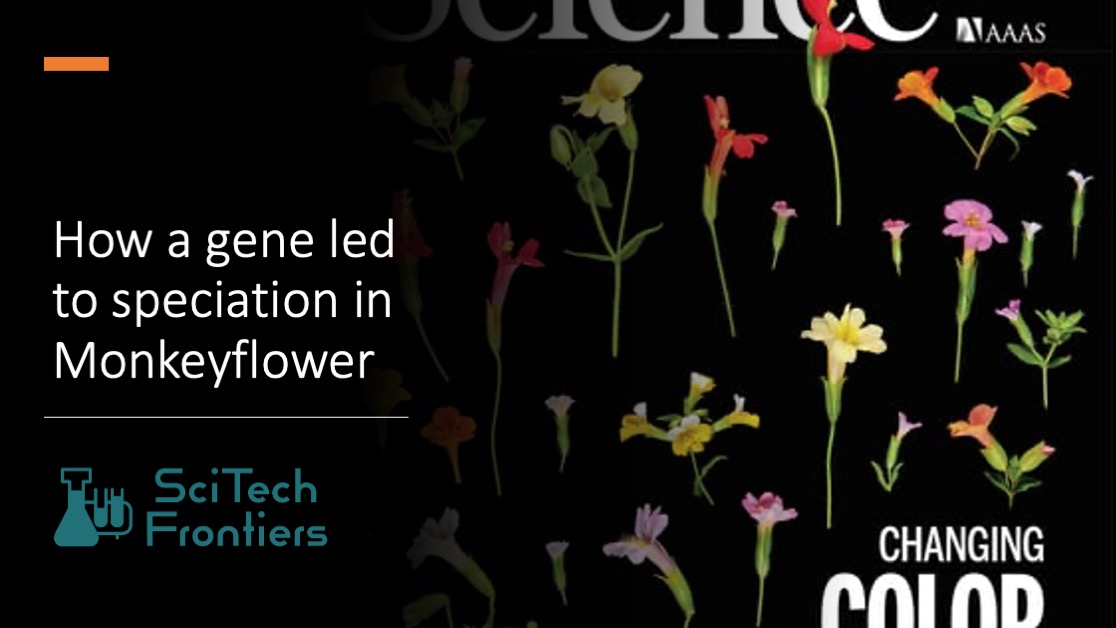Monkeyflowers are a type of plant that comes in a variety of colors, ranging from yellow to pink to deep red-orange. However, some species of monkeyflowers lost their yellow pigment about 5 million years ago. In a recent study published in the scientific journal Science, researchers from the University of Connecticut explain the genetic changes that caused this loss of yellow and the implications for the evolution of species.
Monkeyflowers are unique in their ability to grow in harsh, mineral-rich soils where other plants cannot survive. They are also known for their diversity in shape and color, and are an excellent example of how a single genetic change can create a new species. In this case, a species of monkeyflower lost its yellow pigments in the petals but gained pink, which attracted bees for pollination. Later, a descendant species accumulated mutations in a gene called YUP, which recovered the yellow pigments and led to the production of red flowers. The species stopped attracting bees, and instead, hummingbirds pollinated it, which isolated the red flowers genetically and created a new species.

The researchers have now identified the specific gene responsible for preventing monkeyflowers from making yellow. This gene, YUP, is found in a region of the monkeyflower genome that has three new genes that are duplicates of other genes from other parts of the monkeyflower genome. YUP is a partial duplicate of a pre-existing gene that has nothing to do with color. It was thought that partial duplicate genes regulate the genes they are derived from, making it unlikely that they would affect an unrelated gene. However, the researchers found that YUP actually targets the plants’ master regulator of carotenoids, the pigments that make monkeyflowers and other plants yellow. YUP produced many small RNAs that suppressed the carotenoid gene, and there are very few examples of genes that produce small RNAs affecting traits important to the creation of a new species.
The uniqueness of these three genes, only found in a few closely related monkeyflowers, is an important clue as to how new species evolve. Many species have unique genes that are only found in a small group of species, and for the most part, we have no idea what these genes do. This research shows that these taxon-specific genes can be the keys to the creation of new species. Previously, it was thought that changes in the expression of common genes shared by many different species differentiated them and that the small number of idiosyncratic genes were unlikely to be important.
The researchers are now looking at how the monkeyflower genome controls the production of pigment spatially. For example, some monkeyflowers have upper petals that are entirely white, but lower petals with color. The researchers want to know how the plants suppress pigment only in certain parts of the flower.

In conclusion, the study shows that genes that are specific to certain groups of species, such as the YUP gene in monkeyflowers, can play a significant role in the evolution of new species. It challenges the conventional wisdom that only changes in common genes shared by many different species are important in the differentiation of species. The findings highlight the importance of continuing to investigate unique genes in order to gain a better understanding of the complex process of evolution.
Source:

